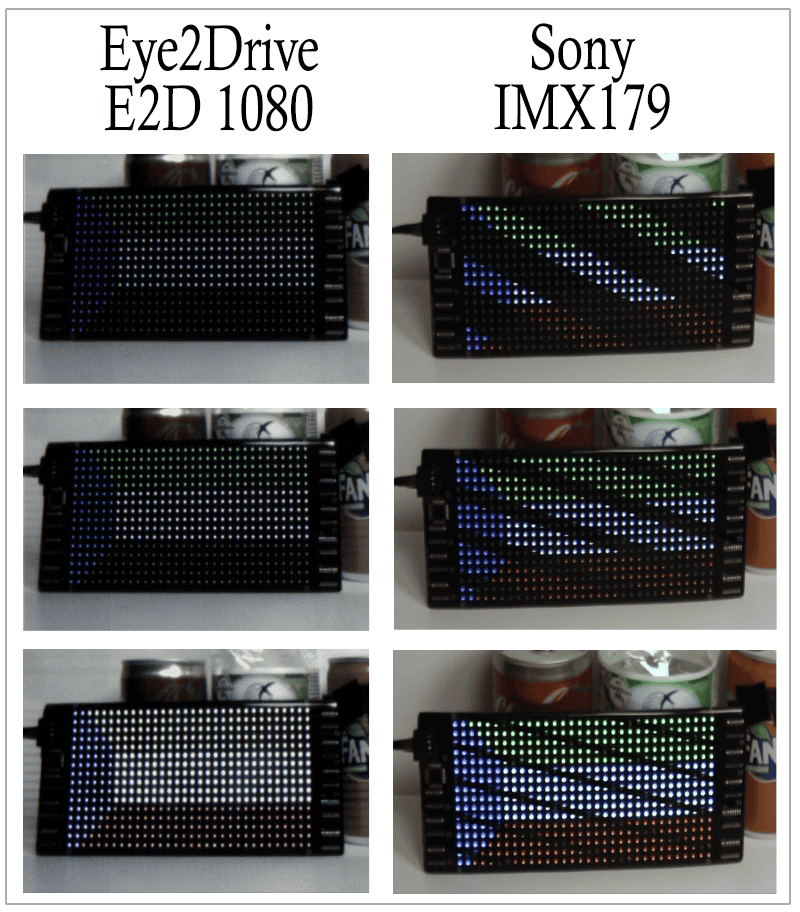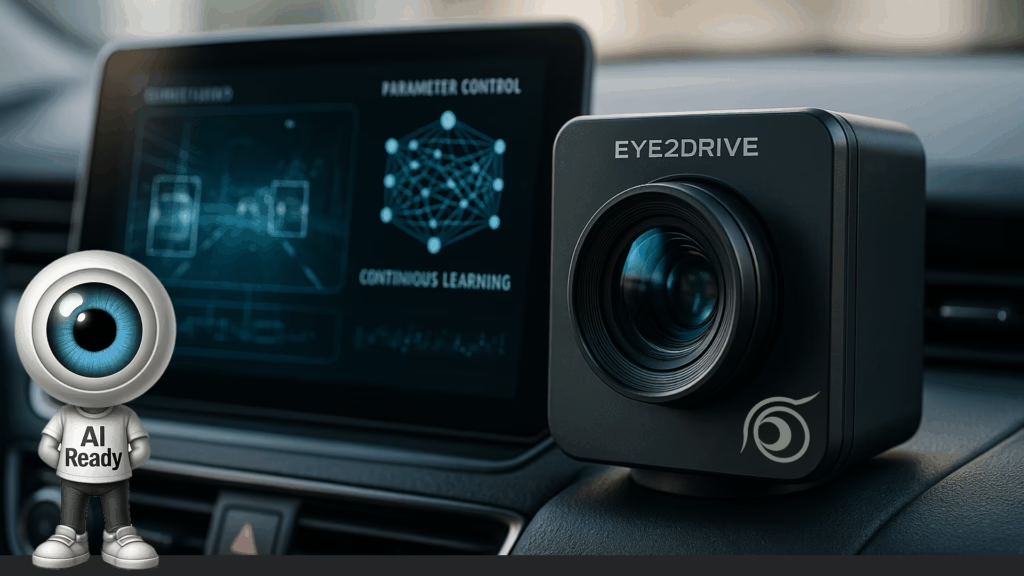Challenges of LED Flickering in Autonomous Vehicles and Robots

As we move toward a future dominated by autonomous technology, the challenge of LED flickering persists across various sectors, particularly impacting vision-based systems in autonomous navigation. It’s an important issue that should not be underestimated and must be resolved ASAP.
LED Flickering is an important issue that should not be underestimated and must be resolved ASAP.
The Prevalent Problem of LED Flickering in Autonomous Vehicles
LED lights are ubiquitous in the automotive industry, where autonomous driving technology is rapidly advancing. They are commonly used in traffic signals, car headlights, and other road signage. They function by turning the light emission on and off at high frequencies. While typically unnoticeable to the human eye, this flickering can cause significant inconsistencies in how autonomous vehicles’ cameras and sensors perceive these signals. Accurate signal detection is crucial for safe navigation, making mitigating LED flickering a critical engineering focus.
Traditional automotive cameras often reduce exposure times to prevent overexposure during the transition from medium to high ambient light. This adjustment makes them particularly susceptible to capturing the off-phases of LED flickering, which can lead to missed signals or incorrect interpretations—posing real hazards in dynamic driving environments.
Extending the Scope Beyond Automotive
The issue of LED flickering extends well beyond automotive applications. It is also prevalent in any autonomous navigation system where cameras interact with or need to account for LED signals. For example, autonomous drones navigating urban landscapes for delivery or surveillance must accurately interpret LED-lit signage to operate safely and efficiently. Similarly, robotic systems in industrial settings, like warehouses or manufacturing plants, often interact with LED indicators on equipment and control panels, where accurate signal interpretation is crucial for seamless operation.
Current Solutions and Their Limitations
The conventional approach to mitigating LED flickering involves complex algorithms designed to compensate for these rapid changes in light intensity. However, these solutions can be unreliable, especially under varying light conditions where the effectiveness of such corrections can fluctuate.
Traditional cameras and sensors also struggle with issues like ghosting, saturation, and flickering, complicating the visual data further. These challenges highlight the need for a more robust solution to ensure the reliability and safety of autonomous vehicles and other applications relying on accurate visual data.
A Technological Leap: Demonstrating Immunity to Flickering
Eye2Drive has recently achieved a significant milestone by demonstrating that our sensors are immune to LED flickering issues. In direct comparisons with cameras integrating the SONY IMX179 sensor, our E2D-1080 imaging sensor exhibited superior performance, managing variations in LED signal frequency without the disruptions seen in other systems. This breakthrough is pivotal for automotive applications and enhances the capabilities of any autonomous system that relies on visual data.
Inspired by the human eye’s adaptability, Eye2Drive’s technology perceives LED frequency fluctuations as light intensity variations rather than flickering. This technological advantage allows for stable and clear image output without post-processing, seamlessly adapting to lighting conditions.
In direct comparisons with cameras integrating the SONY IMX179 sensor, our imaging sensor exhibited superior performance, managing variations in LED signal frequency without the disruptions seen in other systems.
The Benefits of Our Approach
This advancement enhances signal detection accuracy and autonomous navigation systems’ overall safety and reliability across various domains. By ensuring that our sensors are immune to flickering, we help reduce the risk of misinterpretations and accidents, whether on the road, in the air, or within complex industrial environments.
Moreover, our technology’s robust performance under various lighting conditions—from bright daylight to dimly lit environments—ensures consistent and reliable data input, which is crucial for the decision-making processes in autonomous systems.
Our technology’s robust performance under various lighting conditions ensures consistent and reliable data input, which is crucial for the decision-making processes in autonomous systems.

Conclusion
Overcoming challenges like LED flickering is essential for advancing autonomous technologies across various sectors. Our innovative approach addresses this issue effectively and sets a new standard for sensor technology in environments with dynamic lighting. As we move forward, we remain committed to pushing the boundaries of what’s possible, ensuring safer and more reliable navigation across all forms of autonomous systems.




One Comment